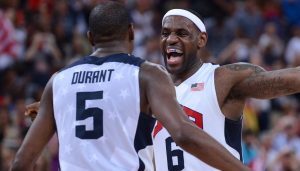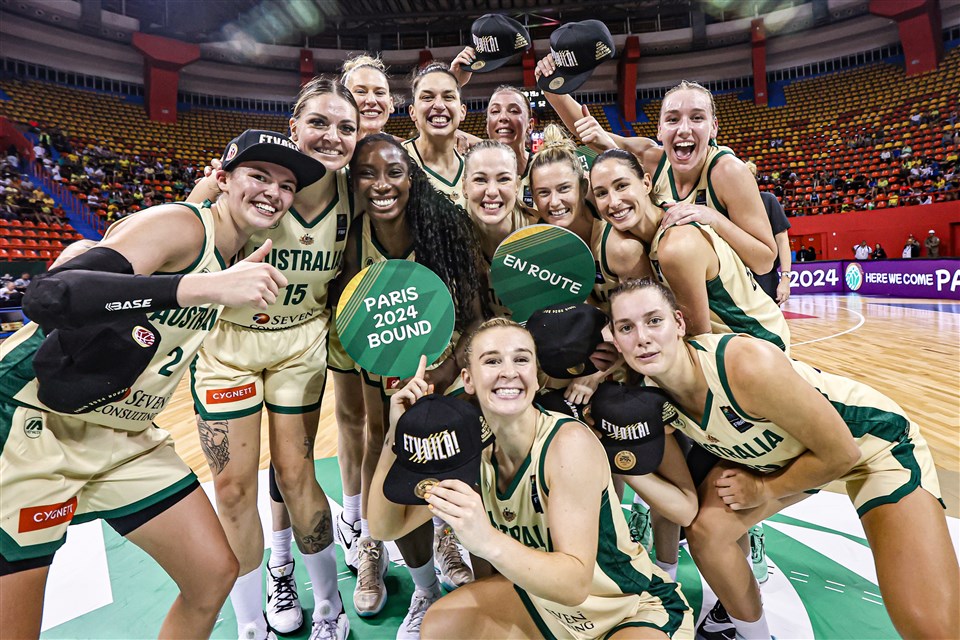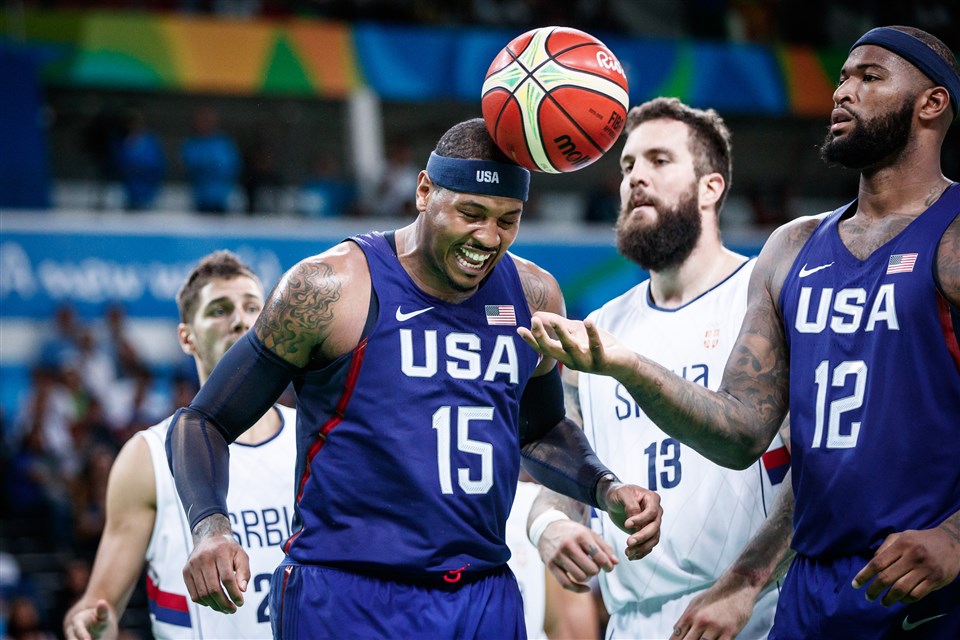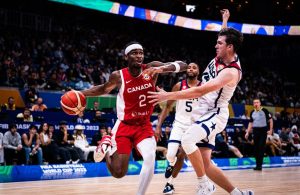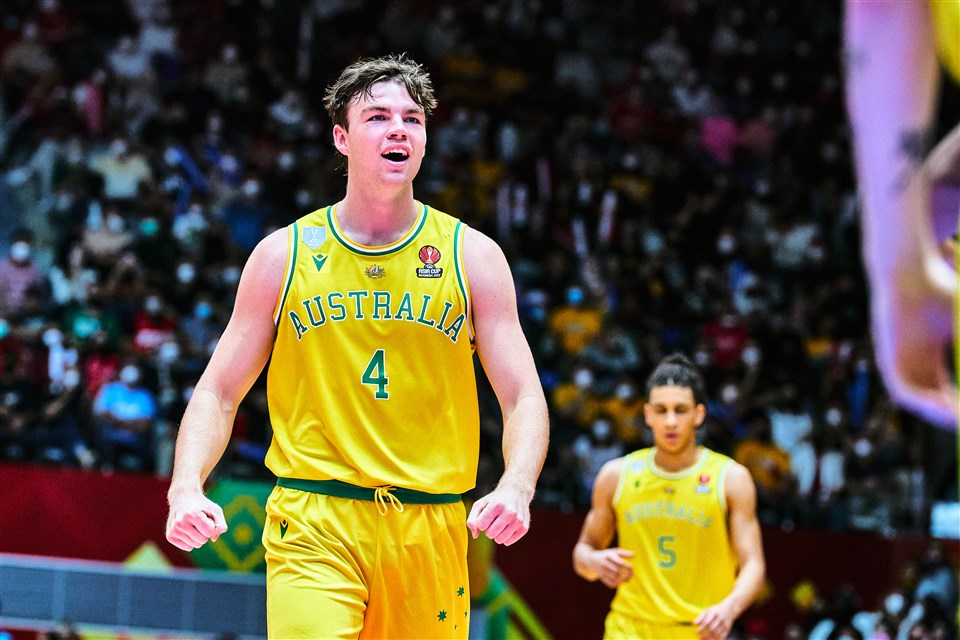Beautiful, historic Caracas hosts Trophy Tour
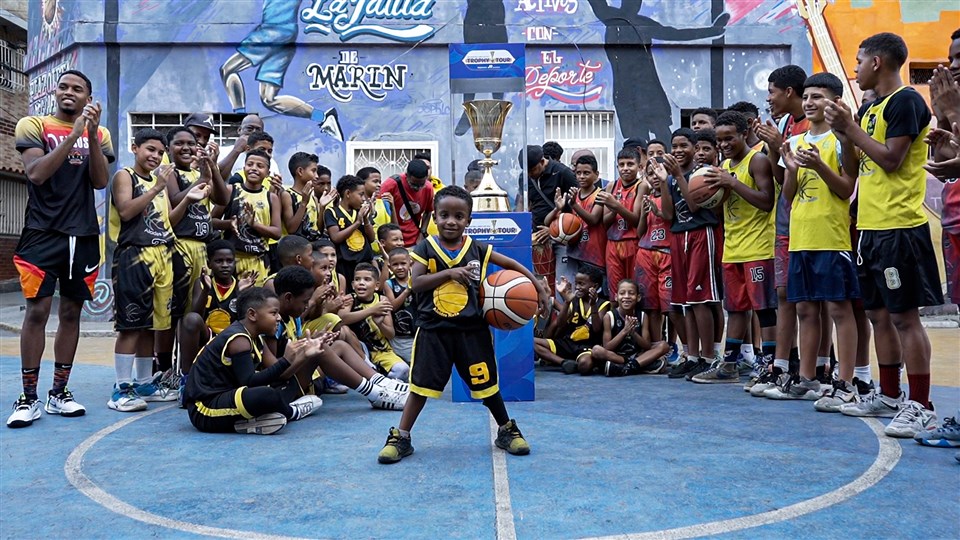
CARACAS (Venezuela) – The Naismith Trophy had a grand reception in Caracas ahead of Venezuela’s second consecutive appearance at the FIBA Basketball World Cup.
On the Trophy Tour presented by J9, international basketball’s biggest prize was met at the Simon Bolivar International Airport by the national team players and their children.
Next was a visit to the birthplace of Simon Bolivar, the Venezuelan military and political leader who led Colombia, Venezuela, Ecuador, Peru, Panama and Bolivia to independence from the Spanish Empire.
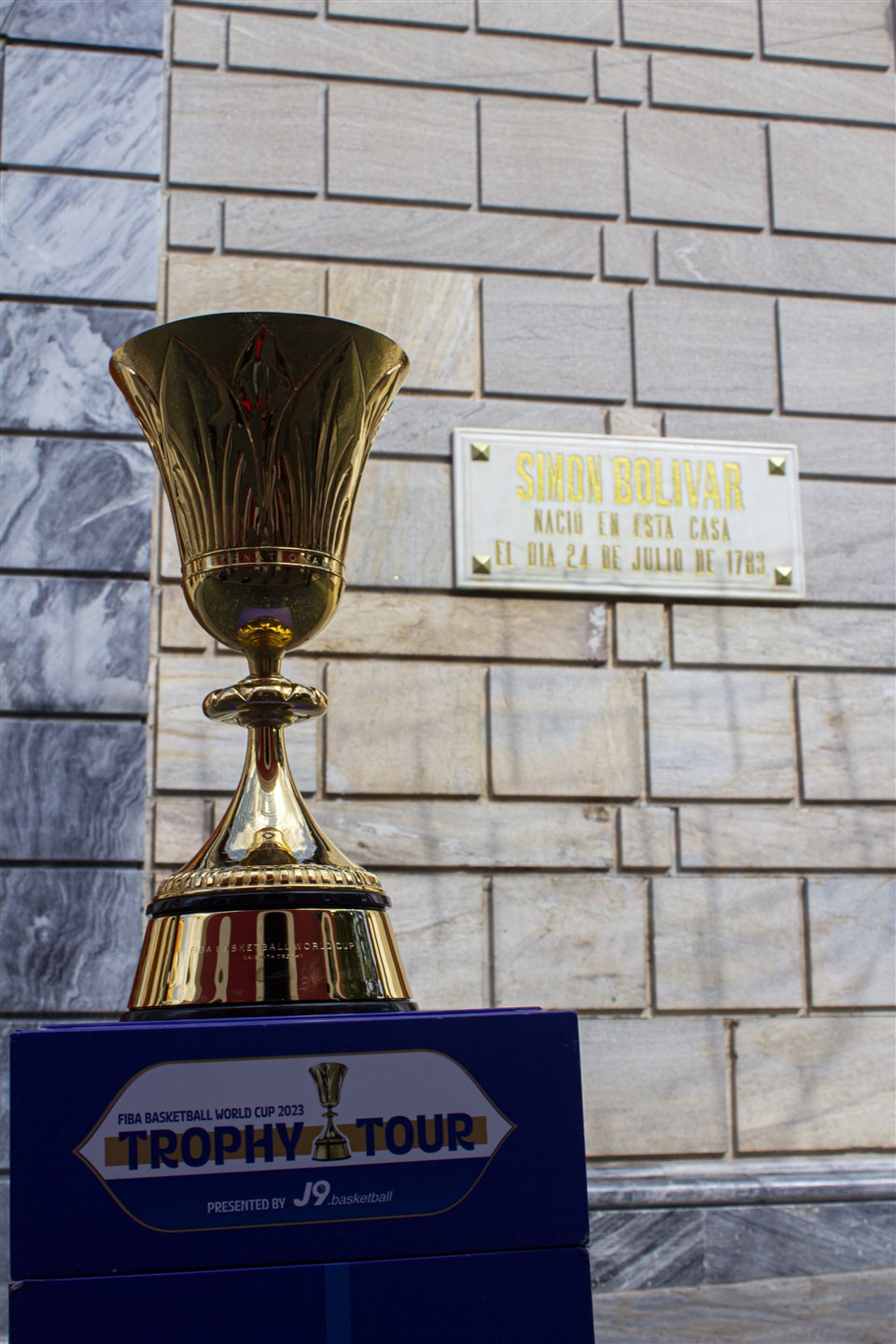 Birthplace of Simon Bolivar
Birthplace of Simon Bolivar
The birthplace is a 17th century house in the Venezuelan capital, one of only a few houses from the colonial era still standing in central Caracas.
The trophy was photographed there, and then at Plaza El Venezuela and El Calvario.
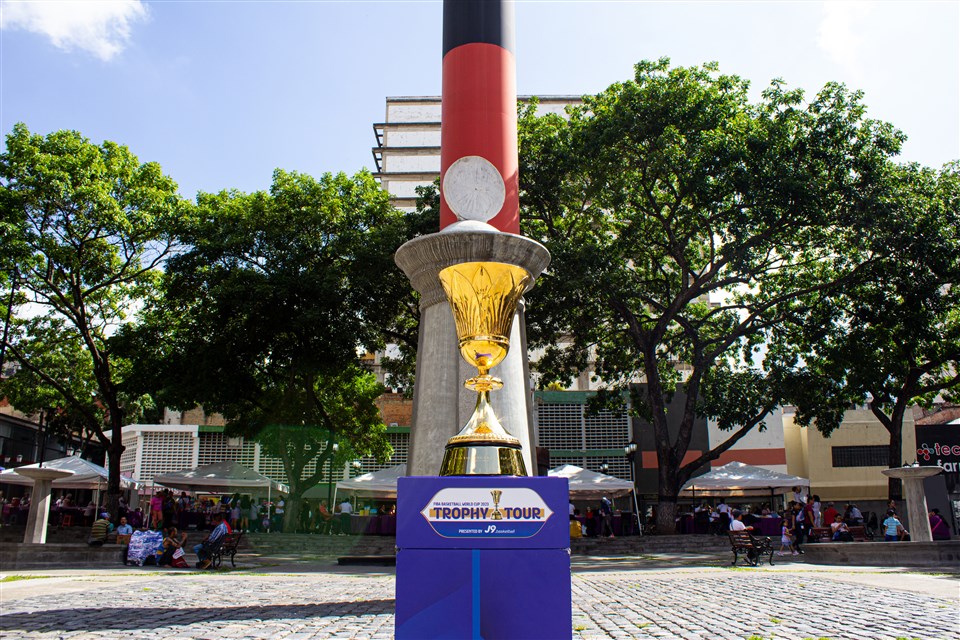
Plaza El Venezuela (above) is a public square located in Los Caobos neighborhood which was inaugurated in 1940. Situated in the geographic centre of Caracas, there are many landmarks there, including a fountain with lights, the Christopher Columbus monument done by Venezuelan sculptor Rafael de la Cova, the Fisicromia tribute to Andres Bello by Carlos Cruz-Diez and the Open Solar sculpture of Alejandro Otero.
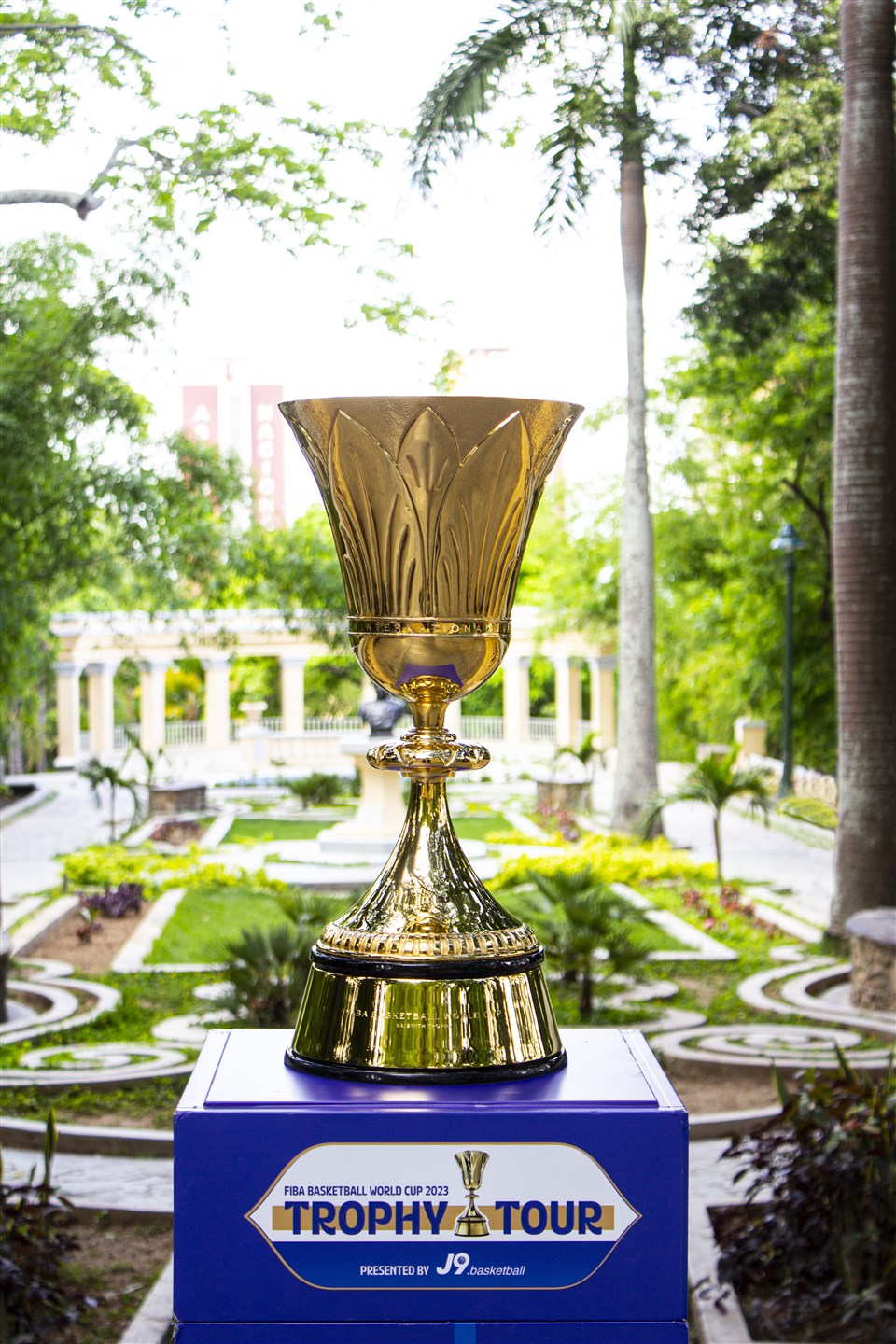 El Calvario is one of the biggest parks in Caracas
El Calvario is one of the biggest parks in Caracas
Meanwhile, El Calvario’s real name is ‘Ezequiel Zamora park’ but it is better known as El Calvario. One of the biggest parks in the city, El Calvario has areas of forest, gardens and open public spaces. It’s a popular weekend spot for locals.
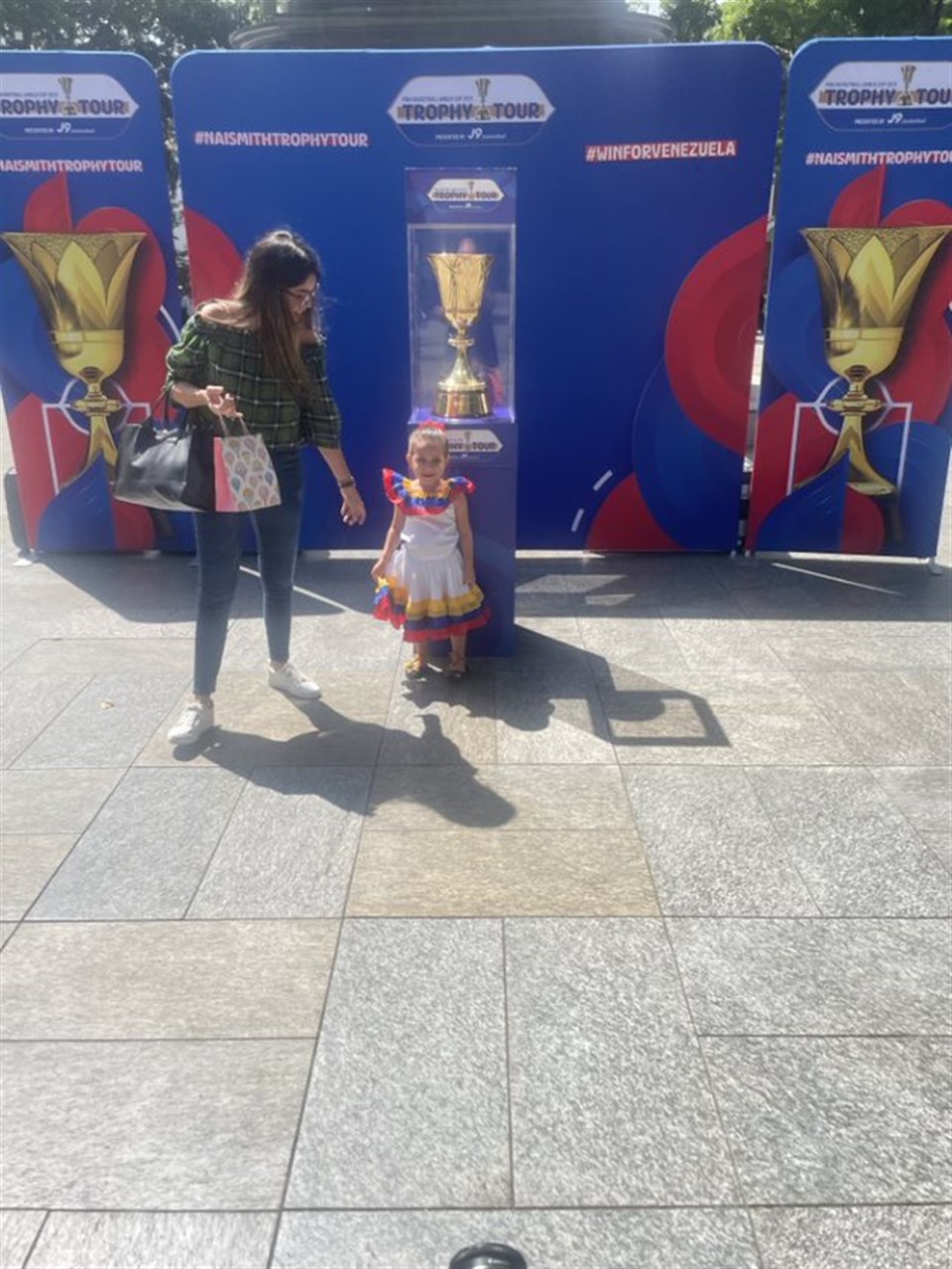 Fans taking photographs with the trophy at Plaza Bolivar
Fans taking photographs with the trophy at Plaza Bolivar
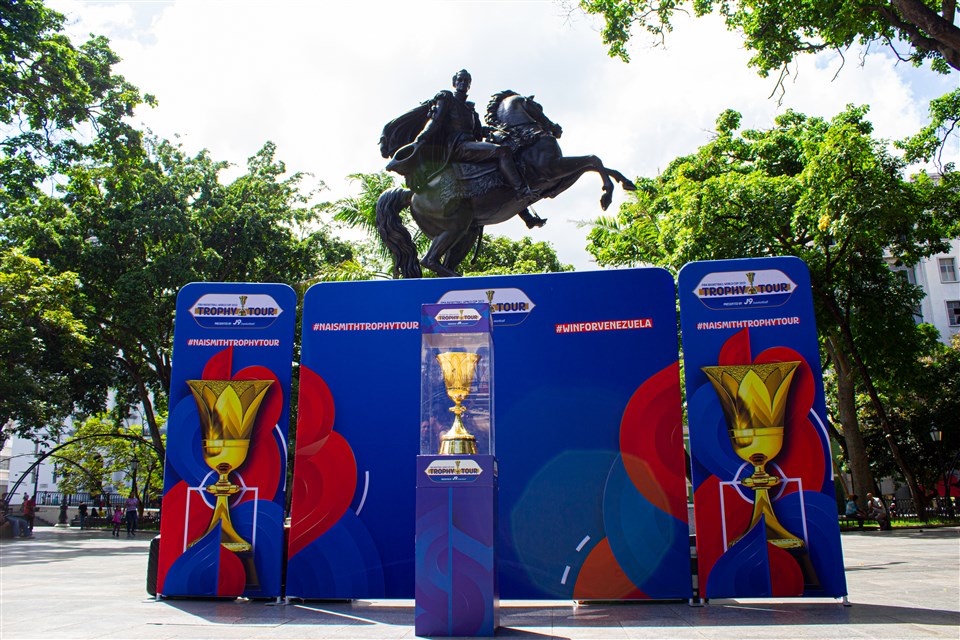 Plaza Bolivar in Caracas
Plaza Bolivar in Caracas
More than 100 people were at the Plaza Bolivar to see the trophy and at the end of the opening day, July 3, the trophy was photographed on Avenida Bolivar, Teatro Teresa Carren and the Science Museum.
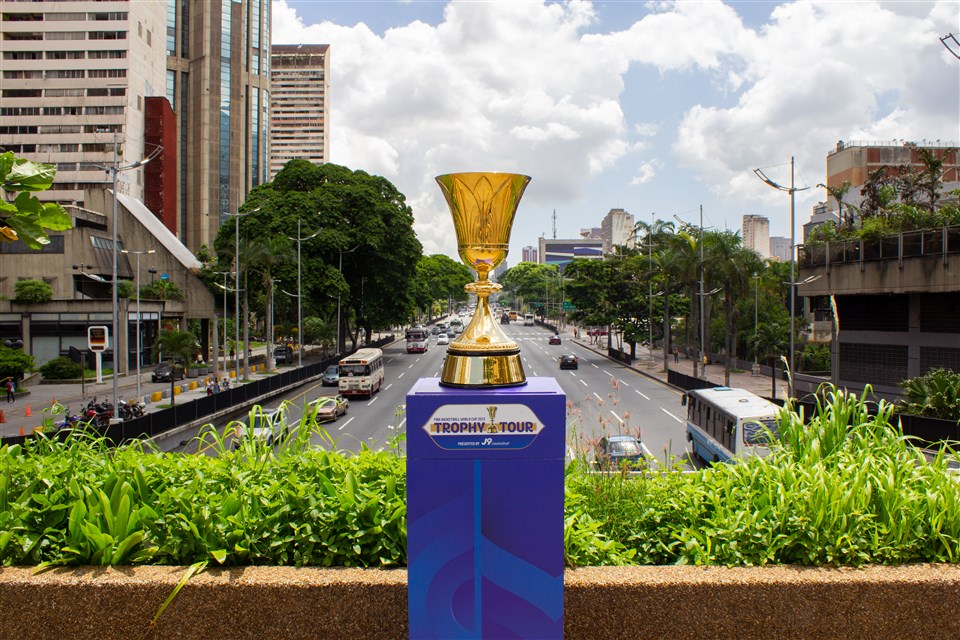
Named after “Libertador” Simon Bolivar, Avenida Bolivar (above) is the longest, straight avenue of Caracas and joins Avenida Francisco Fajardo with Plaza O’Leary at El Silencio.
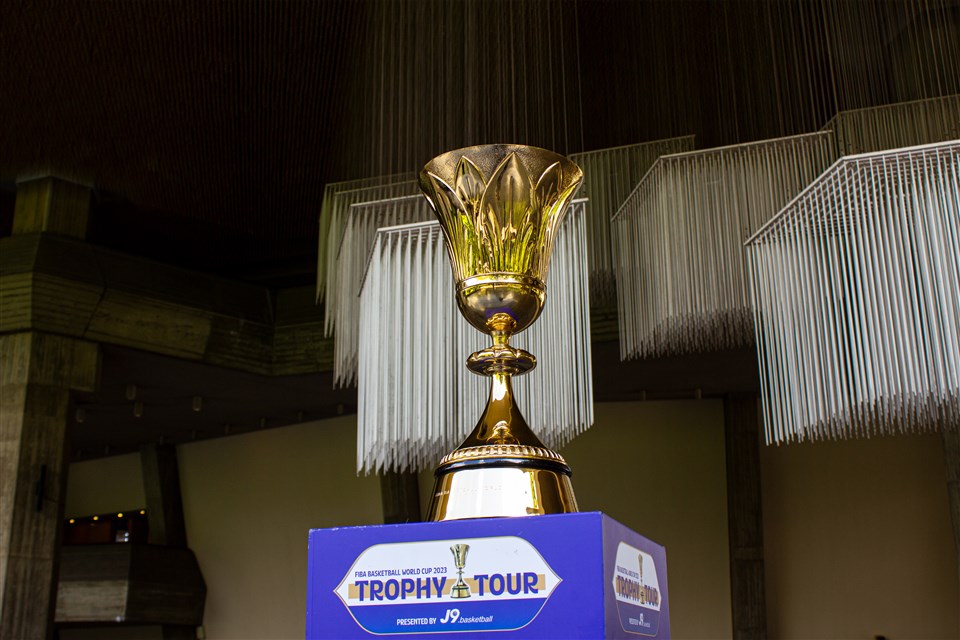
Teatro Teresa Carren (above) is the most important theater of Caracas and Venezuela, where performances include symphonic and popular concerts, opera, ballet and plays. It is the second largest theatre in South America after the Nestor Kirchner Cultural Center in Buenos Aires.
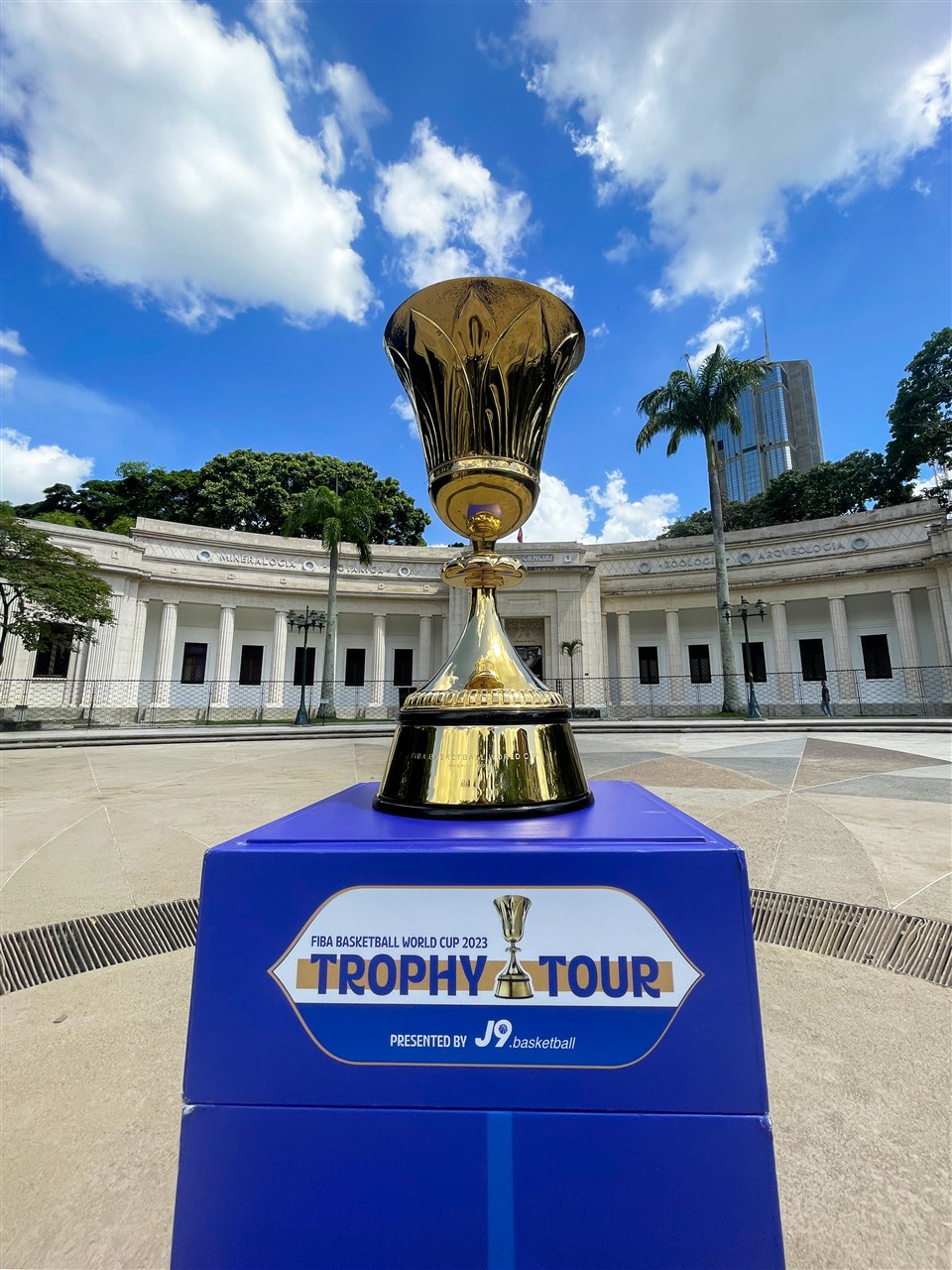 Science Museum, Plaza de los Museos, Caracas
Science Museum, Plaza de los Museos, Caracas
On July 4, the trophy was photographed at Los Proceres, and then at the University of Venezuela.
The Paseo Los Próceres (Walkway of the Heroes) is a monument near Fort Tiuna and the Military Academy of the Bolivarian Army.
 Paseo Los Próceres (Walkway of the Heroes)
Paseo Los Próceres (Walkway of the Heroes)
On the promenade there are statues of the heroes of the War of Independence, as well as fountains, stairs, squares, roads and walls. Since 1993, the Paseo Los Próceres and the entire annex system has been declared as a National Historic Landmark.
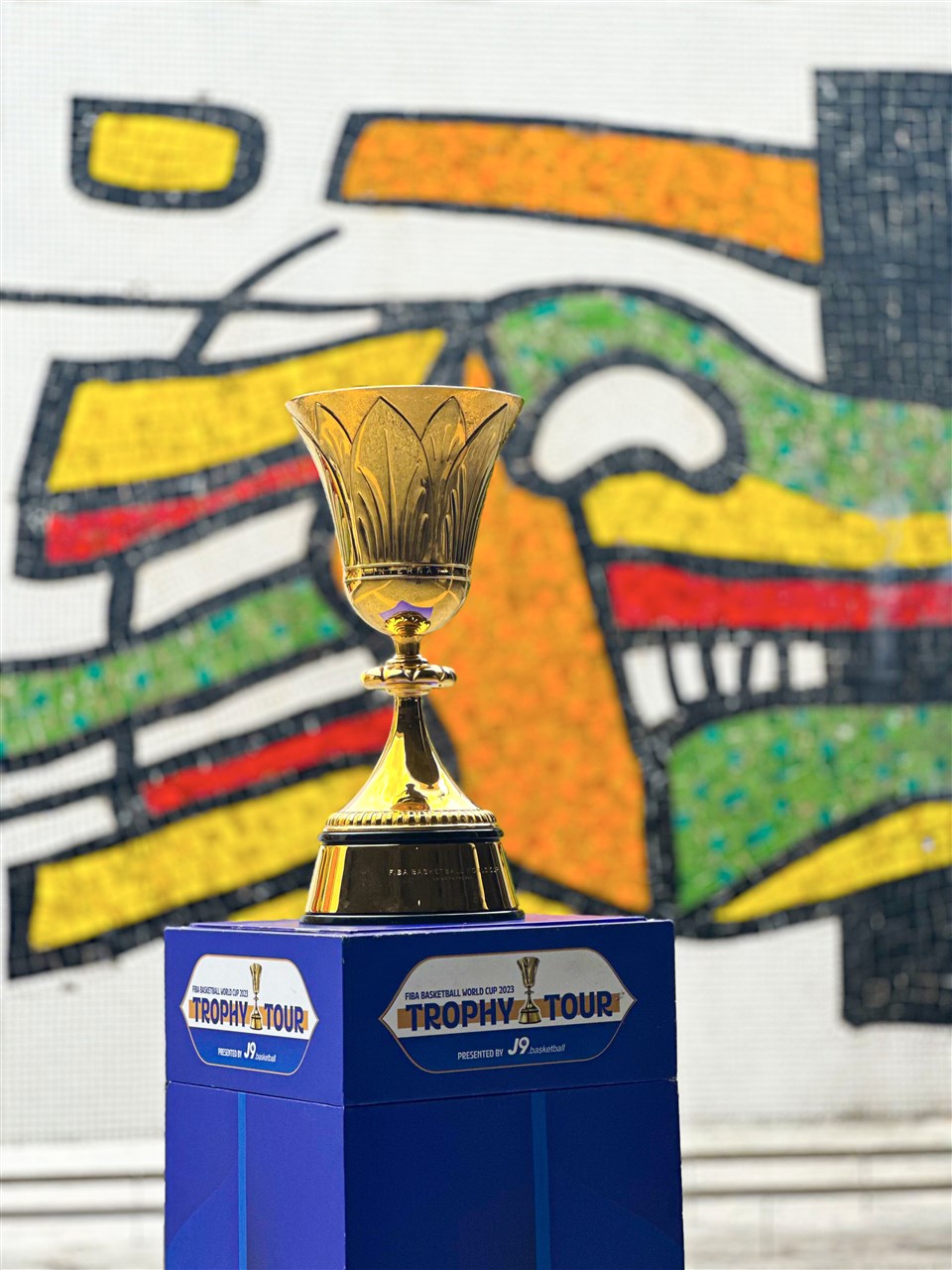
The Central University of Venezuela (above) is a public university in Caracas. Founded in 1721, it’s the oldest university in the country, and one of the oldest in the Western Hemisphere. The main university campus, Ciudad Universitaria, is a masterpiece of urban planning and was declared a World Heritage site by UNESCO in 2000.
 The trophy at Plaza Francia, where media were invited to inspect it
The trophy at Plaza Francia, where media were invited to inspect it
Finally, on July 5, the trophy was photographed at Espera De Soto, Panteon Nacional and Parque Bolivar.
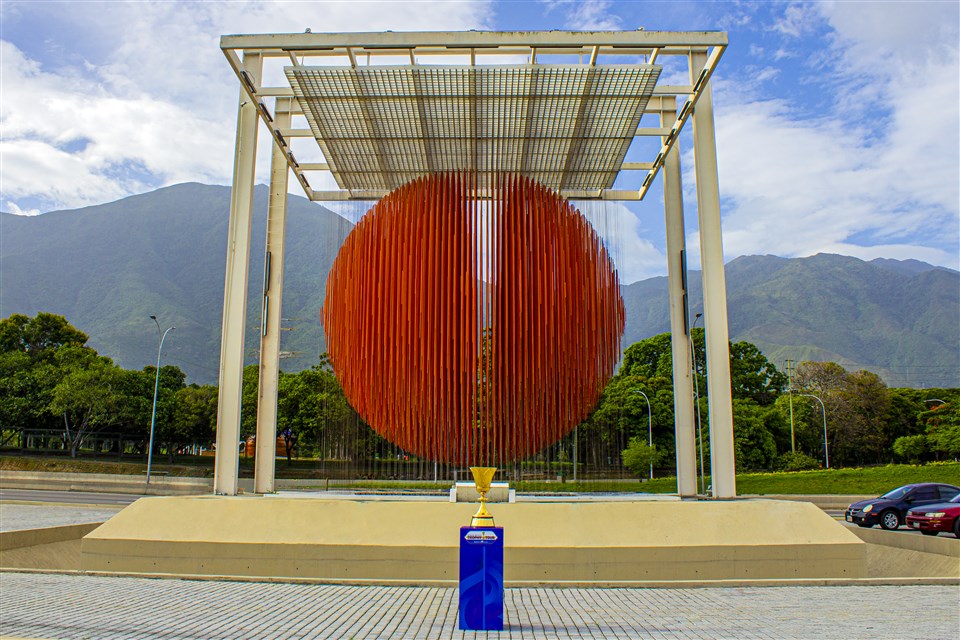
Espera de Soto (above) is a kinetic art sculpture by the Venezuelan plastic artist, Jesús Rafael Soto, and it was inaugurated in 1997.
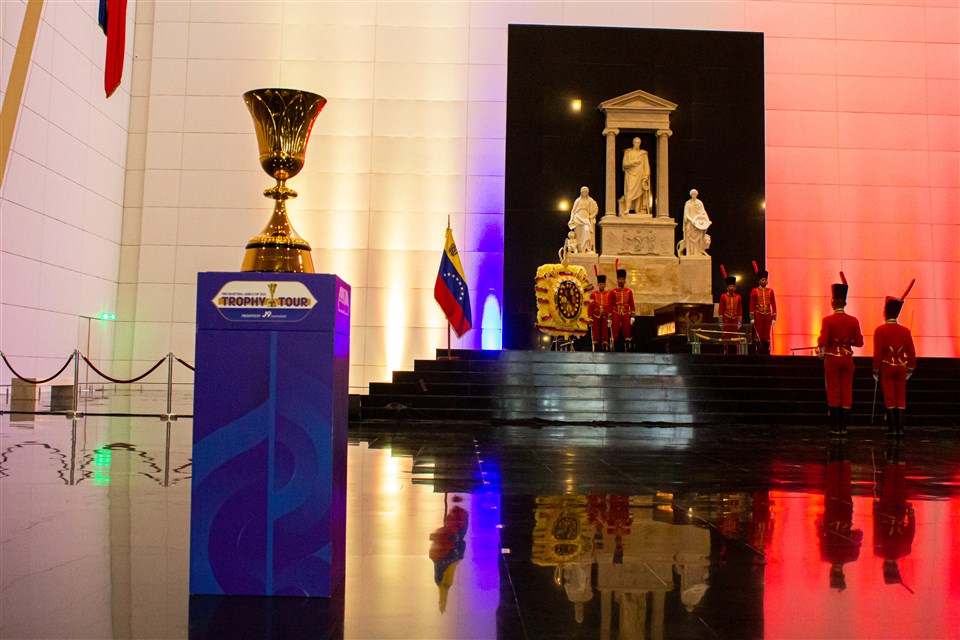 Panteon Nacional
Panteon Nacional
The Panteon Nacional is a final resting place for national heroes. The Pantheon (meaning ”Temple of all the Gods”) was created in the 1870s on the site of the ruined Santísima Trinidad church from 1744 on the northern edge of the old town of Caracas.
The entire central nave is dedicated to Simon Bolivar with the altar’s place taken by the hero’s bronze sarcophagus, while lesser luminaries are relegated to the aisles. The National Pantheon’s vault is covered with 1930s paintings depicting scenes from Bolívar’s life, and the huge crystal chandelier glittering overhead was installed in 1883 on the centennial of his birth.
The trophy was finally photographed at Parque Bolivar (below).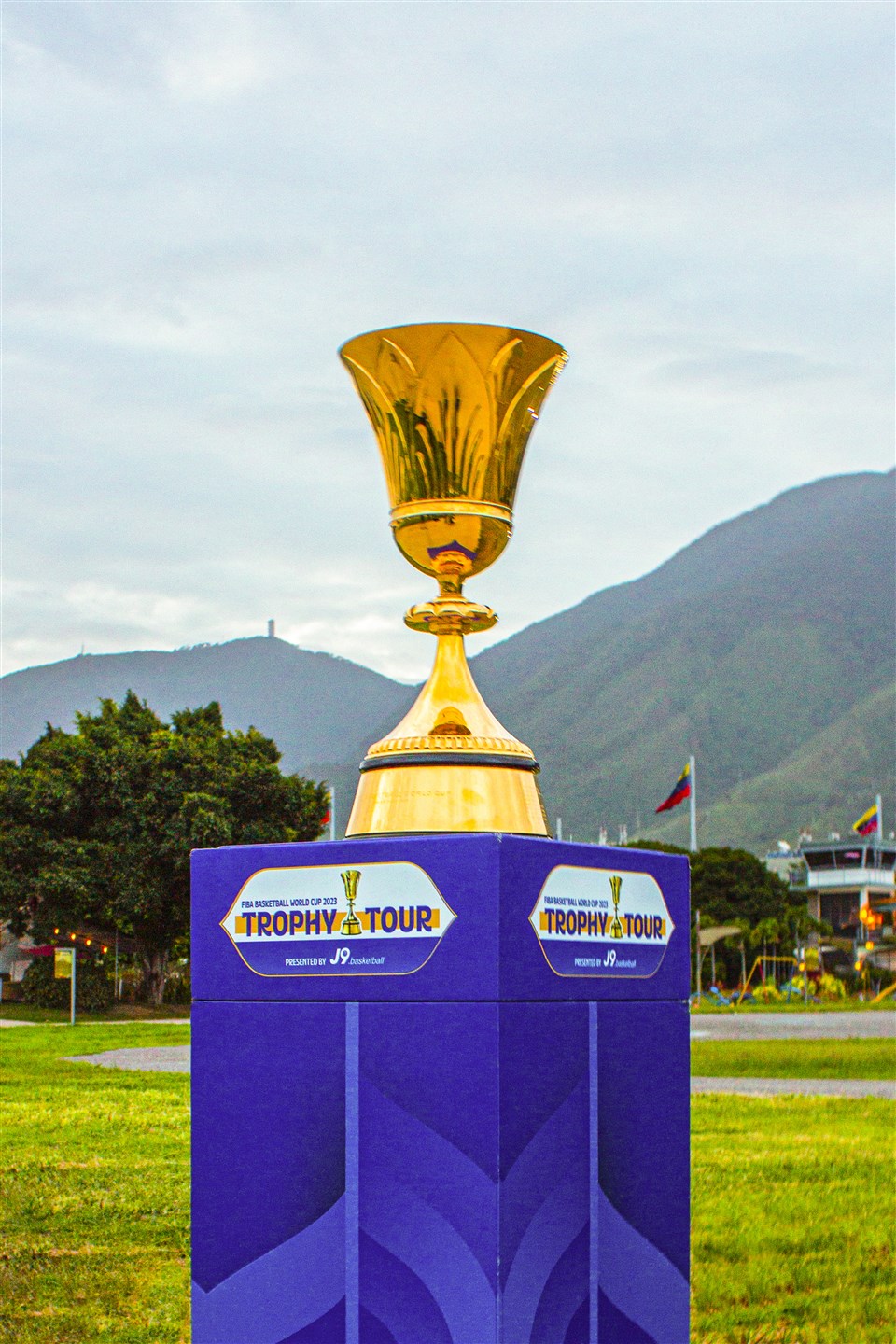
FIBA

